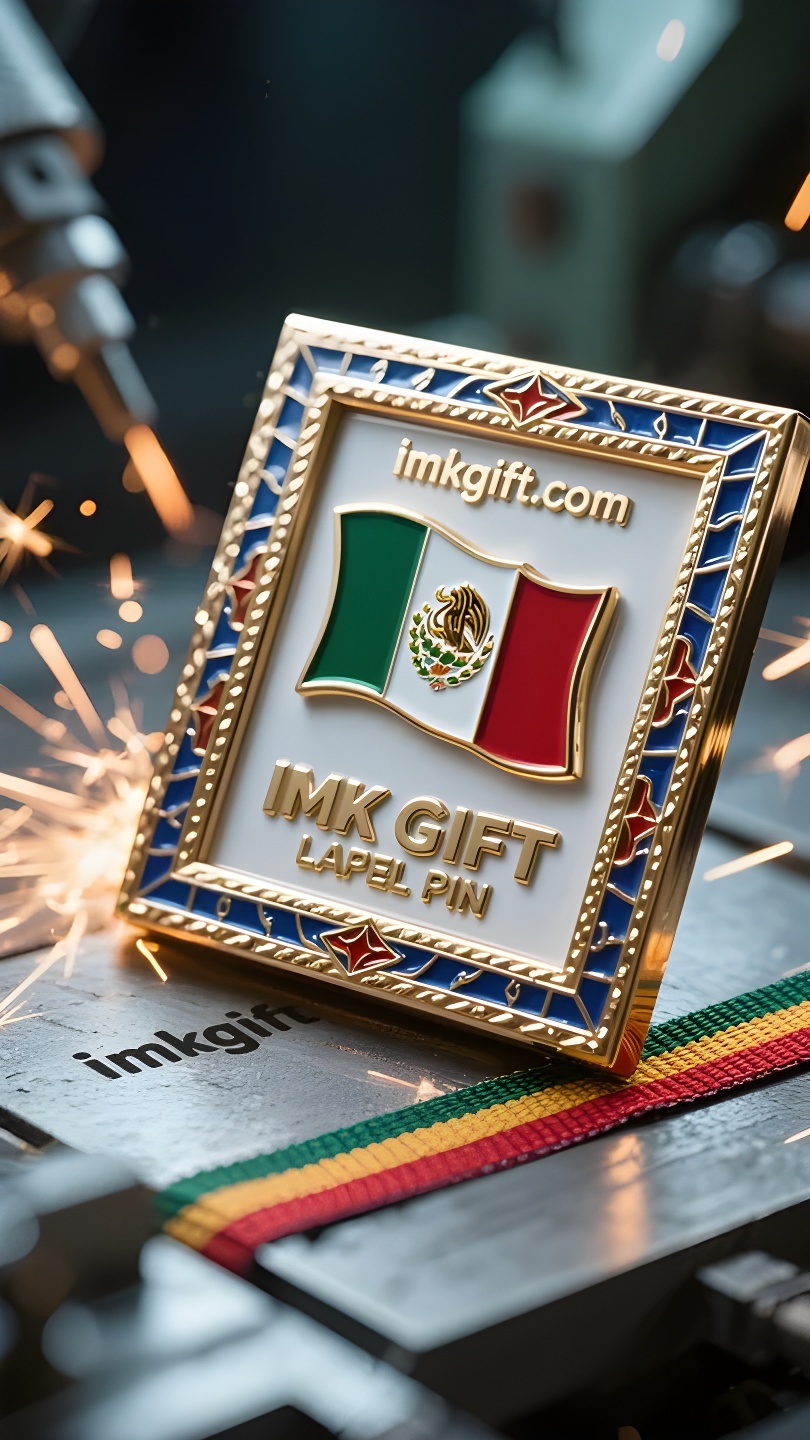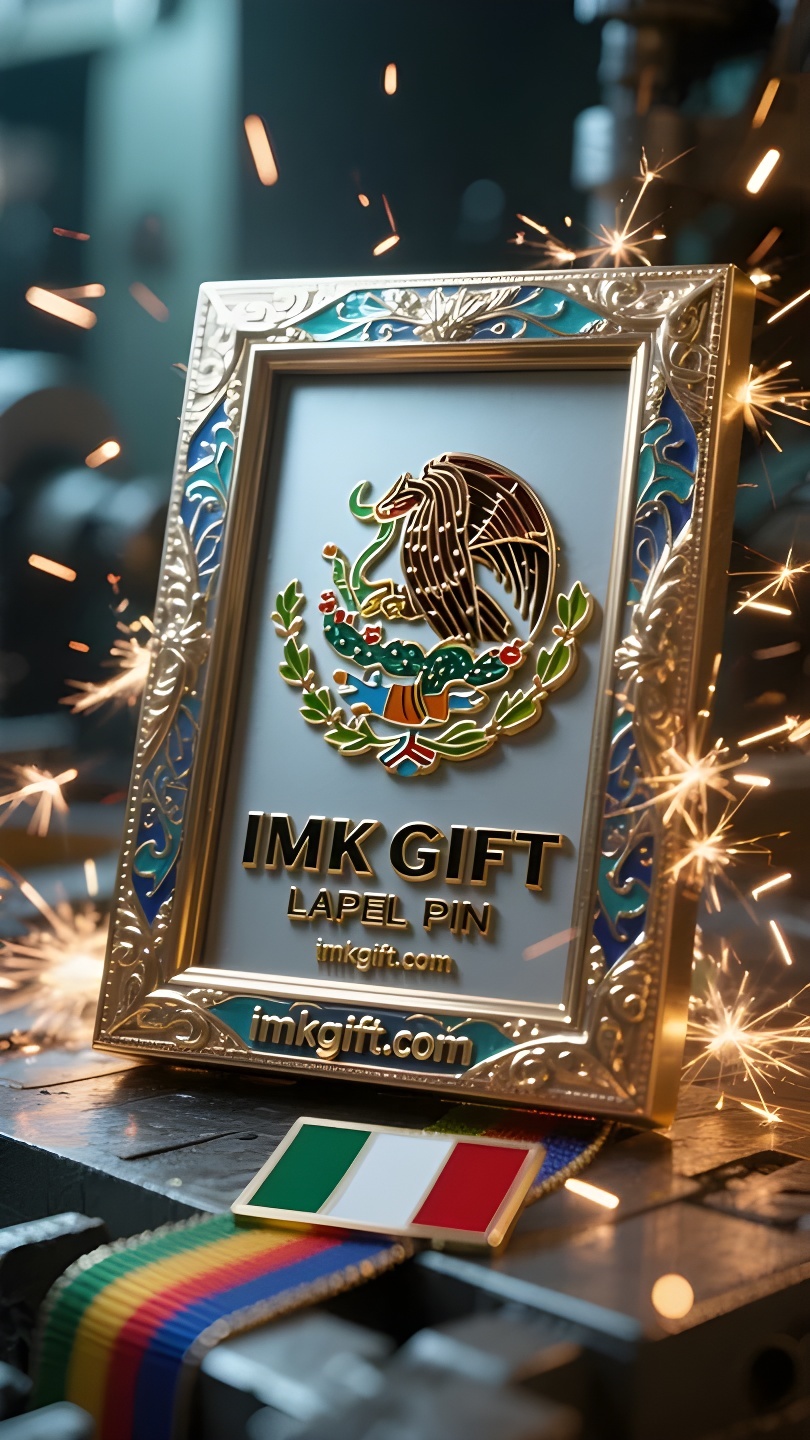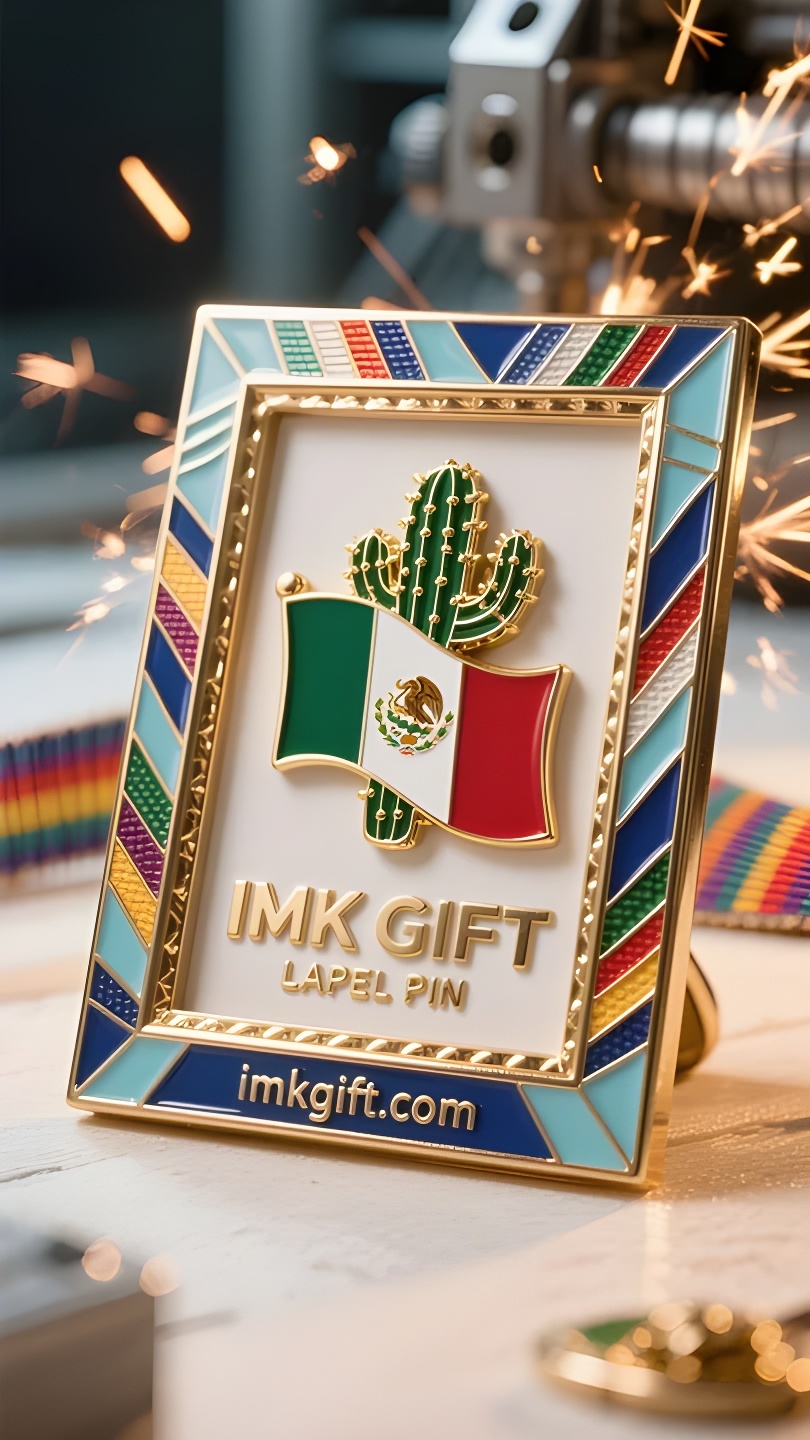in981-El-alma-nacional-tejida-por-espinas-el-marco-eterno-del-espíritu-mexicano
▼
En la Ciudad de México, en septiembre, el júbilo de las celebraciones del Día de la Independencia aún no se ha disipado. Al rememorar la historia, un “marco de espinas” tejido con cactus brilla con fuerza: no solo representa el antiguo tótem en el centro de la bandera nacional, sino también la herencia concreta del espíritu nacional. Según la leyenda, los aztecas vieron un cactus con un águila picoteando una serpiente en el desierto, y creyeron que esto era una profecía de la construcción de una capital. Las afiladas espinas del cactus son como un marco natural que fija el destino de la nación en la tierra dura. Esta imagen tensa refleja el espíritu indomable de los mexicanos ante las dificultades: el cactus acumula vida en la sequía, así como las personas templan su carácter en la adversidad; las afiladas espinas no solo marcan los límites de la supervivencia, sino que también protegen la riqueza de la esencia. Esas espinas aparentemente obstructivas eventualmente se tejen en una red protectora para el espíritu nacional. Los artistas mexicanos contemporáneos incorporan elementos de la bandera nacional en el diseño del marco, permitiendo que el borde dorado del cactus enmarque la gloria de la historia y se extienda hacia el futuro. Esta “dialéctica de espinas y ternura” recorre el desarrollo de la nación: la sangre de la época revolucionaria empapó la tierra, dando origen a los magníficos murales pintados por Diego Rivera; en las ruinas del terremoto, la gente aprovechó las grietas del concreto para cultivar flores. Así como el marco del cactus delimita fronteras y facilita el crecimiento, los mexicanos siempre mantienen la tensión de la vida en el entrelazamiento del dolor y la esperanza. Cuando los fuegos artificiales de la celebración iluminan el tótem del cactus, cada mexicano es el tejedor de este marco eterno. Esas espinas que una vez pincharon se convertirán eventualmente en las venas doradas que protegen la civilización en el paso del tiempo.
In Mexico City in September, the cheers of the Independence Day celebrations have not yet dissipated. As people look back at history, a “thorn frame” woven from cacti is shining brightly – this is not only the ancient totem in the center of the national flag, but also the concrete inheritance of the national spirit. According to legend, the Aztecs saw a cactus with an eagle pecking a snake in the wilderness, and they believed that this was a prophecy of building a capital. The sharp thorns of the cactus are like a natural frame, fixing the fate of the nation on the tough land. This tense image is just like the Mexicans’ indomitable spirit in the face of difficulties: the cactus accumulates life in drought, just as people temper their character in adversity; the sharp thorns not only mark the boundaries of survival, but also protect the richness of the core. Those seemingly obstructive thorns eventually weave into a protective net for the national spirit. Contemporary Mexican artists incorporate national flag elements into the frame design, allowing the golden edge of the cactus to frame the glory of history and extend to the future. This “dialectic of thorns and softness” runs through the development of the nation: the blood of the revolutionary era soaked the land, giving birth to the gorgeous murals painted by Diego Rivera; in the ruins of the earthquake, people used concrete cracks to grow flowers. Just as the cactus frame both demarcates boundaries and accommodates growth, Mexicans always maintain the tension of life in the interweaving of pain and hope. When the fireworks of the celebration illuminate the cactus totem, every Mexican is the weaver of this eternal frame. Those thorns that once pricked will eventually become the golden veins that protect civilization in the tempering of time.
九月的墨西哥城,独立日庆典的欢呼声尚未消散,人们回望历史的目光中,一面由仙人掌编织的”荆棘相框”正熠熠生辉——这既是国旗中央的古老图腾,更是民族精神的具象传承。
相传阿兹特克人在荒原上见到鹰啄蛇的仙人掌,便认定这是建都的预言。仙人掌的利刺如同天然的相框,将民族命运定格在坚韧的土地上。这个充满张力的意象,恰似墨西哥人面对困境时的不屈:仙人掌在干旱中积蓄生命,正如人们在逆境中淬炼品格;尖锐的刺丛既划出生存边界,也守护着内核的丰饶。那些看似阻碍的荆棘,最终编织成民族精神的防护网。
当代墨西哥艺术家将国旗元素融入相框设计,让仙人掌的金边既框住历史荣光,又向未来延伸。这种”刺与柔的辩证法”贯穿民族发展:革命年代的鲜血浸润土地,孕育出迭戈·里维拉笔下的绚烂壁画;地震废墟中,人们用混凝土裂缝种出鲜花。正如仙人掌相框既划定界限又包容生长,墨西哥人在伤痛与希望的交织中,始终保持着生命的张力。
当庆典的烟花照亮仙人掌图腾,每个墨西哥人都是这幅永恒相框的编织者。那些曾经刺痛的荆棘,终将在时光淬炼中化作守护文明的黄金脉络。
▼
Contact Us
📞 Tel: +0086-760-85286839
📧 Email: sales3@imkgift.com








